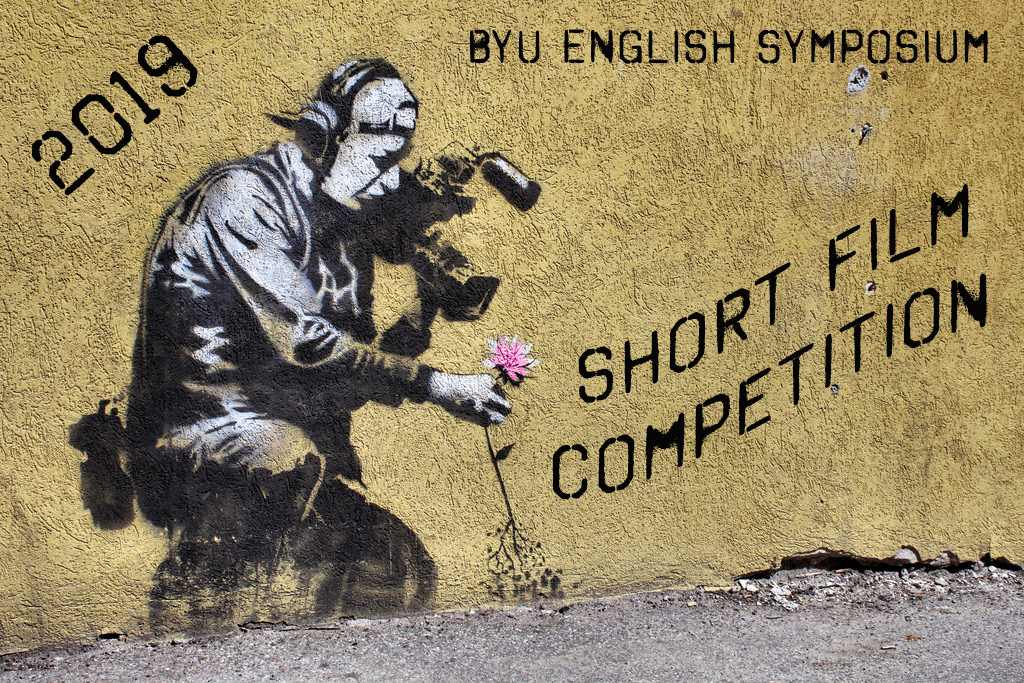Tips and Suggestions from Professor Dennis Cutchins (adapted from the December information session)
- Choosing something to adapt: It doesn’t have to be a famous work of literature, or even a good work of literature. Alfred Hitchcock made a career out of adapting bad literature. Often, if adapting something really famous, you’re competing with the original. If the work is less well known or not great, there’s a chance you could do better than the original. Look for small bits: scenes or incidents that no one would think to make a film about.
- The best adaptations are the result of the best interpretations. Make sure you have something to say about the work you choose to adapt.
- As you write your adaptation make sure it’s familiar enough that the audience will recognize it, but different enough that they’ll be surprised. Adaptation is all about the line between familiarity and difference.
- Don’t do it alone. It is much easier and certainly more fun to make the film with friends.
- Equipment: you can use smartphones, but you can also rent cameras and other equipment from the library: https://lib.byu.edu/services/?categories=equipment-and-tech(look under “Multimedia Production”). Both Mac and Windows have free video editing software available. (Some links below.)
- Before filming, write your script and then create a storyboard (you can do this with stick figures if you need to). Know every shot and film them in an order that makes the most sense (i.e., you don’t have to film them in chronological order if it is more practical to film them otherwise; you’ll craft the final order in editing).
- Get every shot you think you could possibly want from several different angles. It is better to have more material when editing than to have to go back and shoot again.
- Editing: it takes longer than you think, as much as 2-3 times longer than shooting. Leave yourself enough time to do this right before the submission deadline.
- Music: Consider carefully the music you’ll use in your film. The music behind a scene will dramatically change what the scene means and how it feels (try it if you don’t believe me).
Additional “How to” Suggestions, Tips, and Tutorials
(*NOTE: Don’t feel like you need to follow all of these tips and guidelines. We don’t expect submissions to be professionally-produced films. However, if you are trying this for the first time, some of the following resources might be helpful as you get started.)
5 Tips for Shooting a Short Film (video)
7 Rules for Writing Short Films
How to Make a Short Film with your iPhone or iPad
How to Make a Great Short Film on your Smartphone
How to Make a Short Film in Three Easy Steps
Filmmaking and Editing Apps
Eight Best Filmmaking Apps for your Smartphone
10 Best Filmmaker Apps for Android
